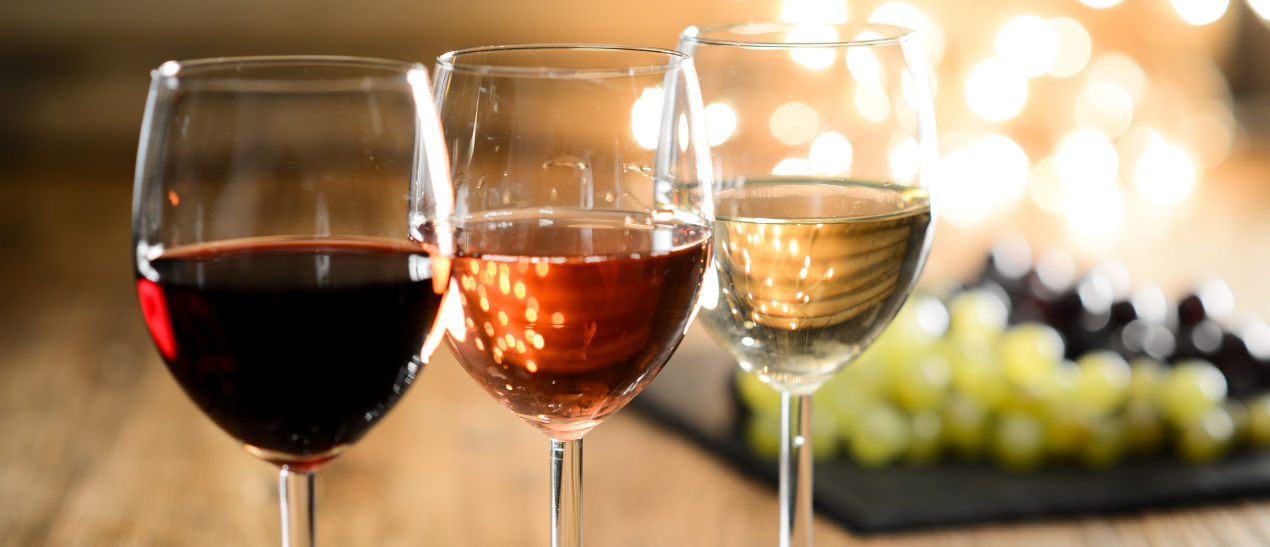
Algarve wine production has already exceeded one million bottles and in a decade the number of producers has tripled, after the almost total abandonment of vineyards in the region due to the tourism boom that began in the 1970’s.
“Two years ago, a milestone in production growth was reached, when the barrier of one million bottles was crossed”, the president of the Algarve Wine Commission (CVA), Sara Silva, told Lusa news agency, adding that the number of producers has tripled from 16, in 2010, to 45, last year.
However, according to the official, only “30 odd are actively placing product on the market”, with the others waiting to launch their products “later this year”, which reflects an “increase in references in the market” in 2020, she stressed.
There are currently 1,500 hectares of cultivated vineyards in the Algarve, but “only 800 are controlled by the commission and registered for the production of wine with a geographical indication and designation of origin in the Algarve”, with still parts of the vineyards “not channelled to the production of quality wine”, she informed.
However, there is a growth forecast, since there are “several projects” for new plantations, “either from producers already registered with the CVA” or from potential new producers, and in 2019 there were requests for an increase of about 150 hectares for new plantations for the production of certified wine.
The growth in the number of producers comes after a period of decline in the sector, especially along the coast, where, since the 1970´s, the vineyards were replaced by golf courses and other businesses relating to tourism.
The cooperative winery in Lagoa, for example, went on to produce almost four million litres of wine per year, and it was the wine from this part of the Algarve that supplied the military who fought in the former Portuguese colonies in Africa.
Formed by an association of local farmers in 1944 and officially declared in 1951, it was the first in the country where the legal processes and procedures that formed the basis for the creation of the many wineries that followed it were formulated.
In the last year, the CVA carried out a “very intense” control on the registration of winegrowers, in order to have a “real notion” of the hectares of vines existing in the region and to be able to “guarantee the provenance of the grapes”, which is the “essence” of the entire certification process, she stressed.
“We are committed to the certification of our quality products, which go through trained technicians, through rigorous analysis at all times, from the vineyard to the placement of the seal and in the control of the market”, she said, reinforcing that “guarantees to the consumer” that the product has a “quality guarantee”.
Sales of Algarve wines “have grown” in catering, above all in the Algarve, a region to which 80 percent of production is sold, since production “does not allow much more”.
According to Sara Silva, only 10 percent of the production is exported, through direct contacts, since 40 percent of the producers are foreigners, which “facilitates the sale on the European market”.
The CVA recently launched a new image of the Vinhos do Algarve brand and a campaign that seeks to give greater prominence to its products in restaurants and hotels in the region.
The demarcated region of the Algarve dates from 1980, with four regions that produce wine with Denomination of Origin: Lagoa, Lagos, Portimão and Tavira.



